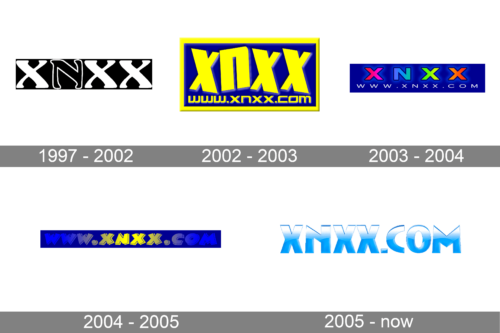
- Version
- Download 56
- File Size 25.59 KB
- File Count 1
- Create Date December 11, 2024
- Last Updated December 11, 2024
Clemson University’s visual identity is built around several core elements, each contributing to its strong and recognizable brand. These include the wordmark, the iconic Tiger Paw logo, and the university seal, all of which work together to create a distinctive and unified representation of the institution.
Meaning and History of Clemson’s Logo
Clemson University, located in South Carolina, is one of the largest and most prestigious schools in the state. Founded in 1889 as Clemson Agricultural College, it has grown to encompass seven colleges, offering a wide range of programs. Over the years, the university has cultivated a rich tradition, and its logo has evolved to reflect its history and identity.
1889–1970: Early Logo Evolution
One of the first notable logos used by Clemson was the "Tiger on the Rock" emblem. This design featured a tiger atop a rock, with the university’s name written below in a matching color scheme. This emblem was a symbol of strength and resilience but was retired in 2009.
1970–1977: Athletic Identity Emerges
The athletic teams representing Clemson, known as the Clemson Tigers, have long been associated with a tiger motif. Since 1928, the school’s sports logos have typically featured a tiger or tiger elements. In 1977, the current logo was introduced—a stylized tiger paw, tilted at one o'clock. This design is minimalist and more symbolic than its predecessors, making it instantly recognizable and more versatile for various applications.
1977–Present: The Current Visual Identity
The most recognizable version of the Clemson University wordmark features the word "Clemson" in bold orange uppercase letters, with "University" written in purple beneath it, flanked by two lines. The clean white background helps the logo stand out in various settings. There are several alternate versions of this wordmark, offering variations in color combinations such as white and orange with a purple background or vice versa. The flexibility in color choices allows the logo to remain versatile while maintaining its strong identity.
University Seal: A Symbol of Tradition
The Clemson University seal is another important element of its identity. It features an image that resembles a blend of a palm tree and a classical column, placed on a pedestal. The seal’s design is surrounded by the text “Clemson University” and the year 1889, with two stars symbolizing the institution’s historical roots. A background of stylized clouds and a gradient of orange and purple skies further enhances the seal’s visual appeal. The seal’s use is limited, being reserved exclusively for the president and board of trustees, underscoring its official nature.
Typography and Colors
Clemson University uses the Goudy Old Style font, a typeface that has become synonymous with the university’s legacy and tradition. It’s the primary typeface used across official communications, helping maintain a consistent brand voice.
The university’s colors—orange (PMS 1595 or 165*), purple (268 C), and white—are not just visually striking but also deeply symbolic. These colors are thought to have been inspired by the beautiful sunsets seen throughout South Carolina, adding a touch of local flavor to the school’s visual identity. The vibrant combination of orange and purple helps Clemson’s branding stand out, conveying a sense of energy, creativity, and school spirit.
Clemson University’s logo, seal, and wordmark work together to create a powerful and cohesive visual identity that resonates with both the university’s history and its vibrant future. Through thoughtful design and strategic use of color and typography, Clemson has established itself as a prominent institution with a rich tradition and a forward-looking vision.
| File | Action |
|---|---|
| Clemson University Logo.png | Download |








